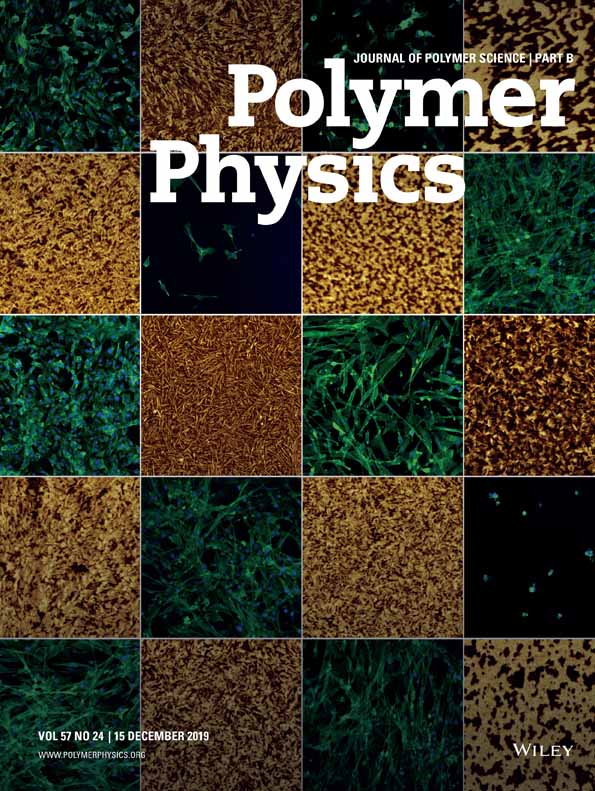Miscibility, specific interactions, and self-assembly behavior of phenolic/polyhedral oligomeric silsesquioxane hybrids
Abstract
The miscibility of a phenolic resin with polyhedral oligomeric silsesquioxane (POSS) hybrids and the specific interactions between them were investigated with Fourier transform infrared (FTIR) spectroscopy and wide-angle X-ray diffraction (WAXD). An analysis of the morphology and microstructure was performed with polarized optical microscopy and atomic force microscopy (AFM). The interassociation equilibrium constant between the phenolic resin and POSS (38.7) was lower than the self-association equilibrium constant of pure phenolic (52.3) according to the Painter–Coleman association model. This result indicated that POSS was partially miscible with the phenolic resin. A polarized optical microscopy image of a phenolic/POSS hybrid material (20 wt % POSS) indicated that the crystals of POSS were arranged evenly in the phenolic matrix; the self-assembled array of POSS crystals was also confirmed by AFM. This phenomenon was consistent with the FTIR spectroscopy and WAXD analyses. © 2004 Wiley Periodicals, Inc. J Polym Sci Part B: Polym Phys 42: 1127–1136, 2004




